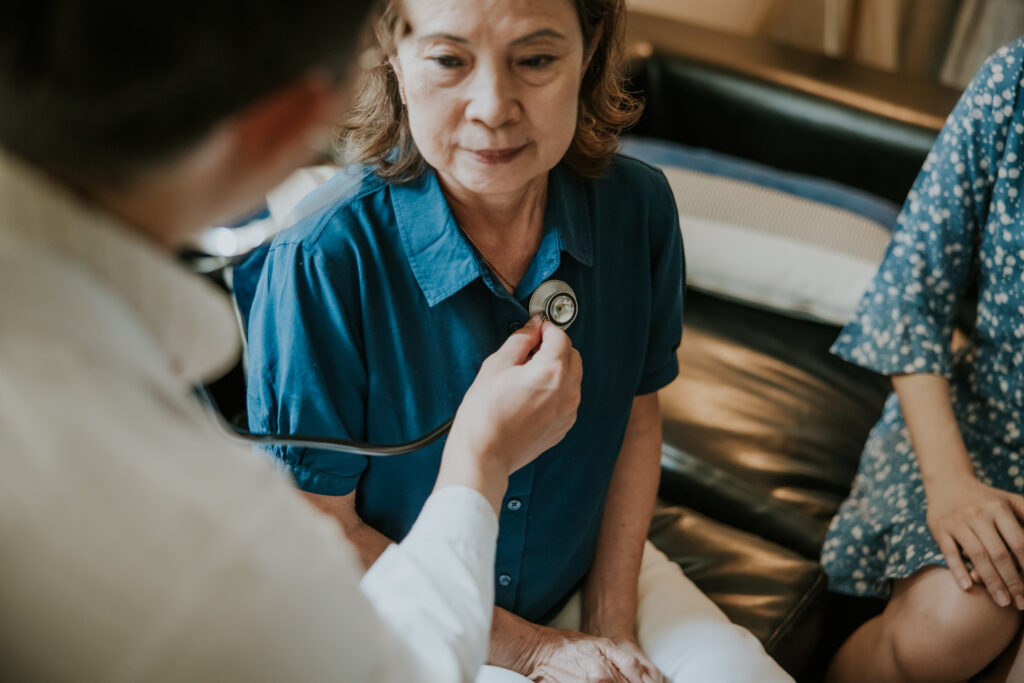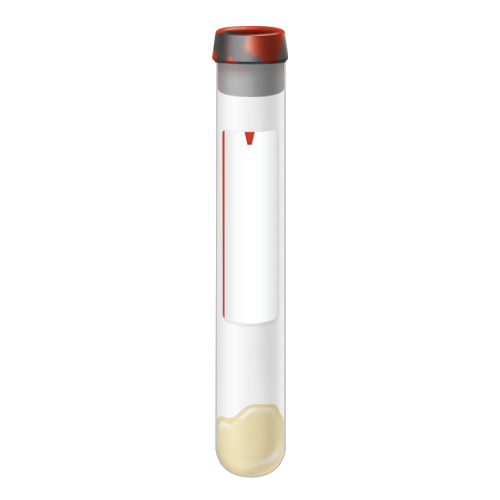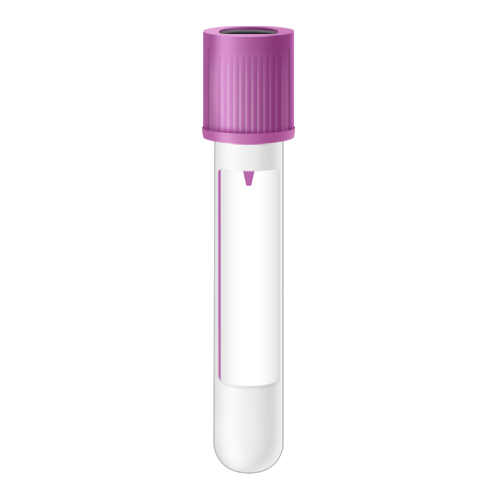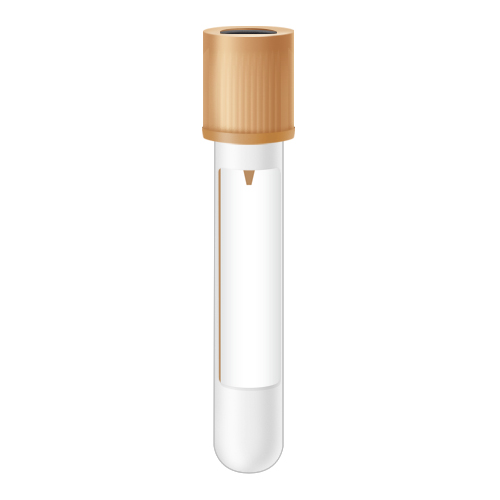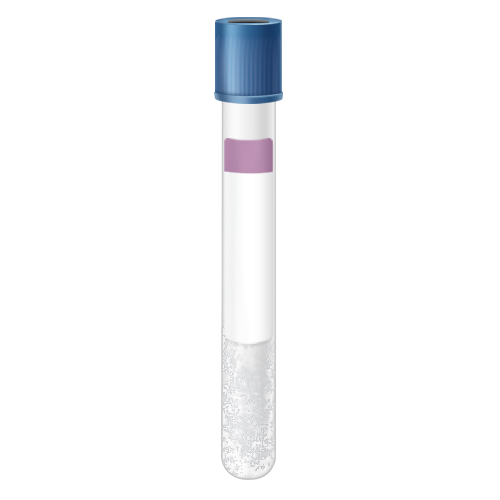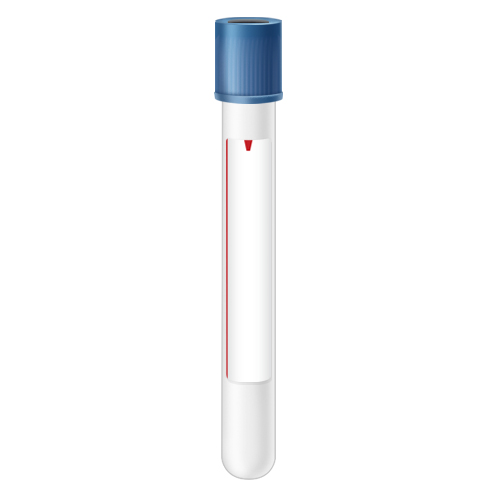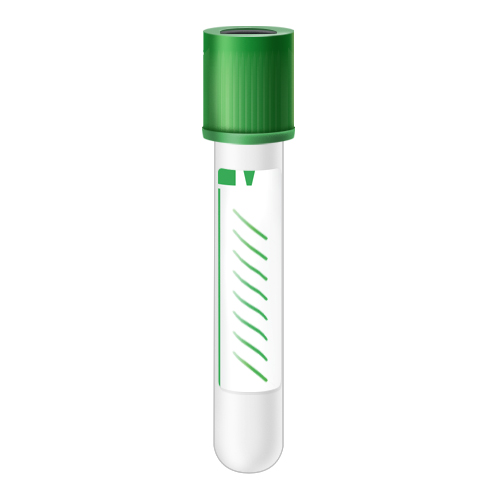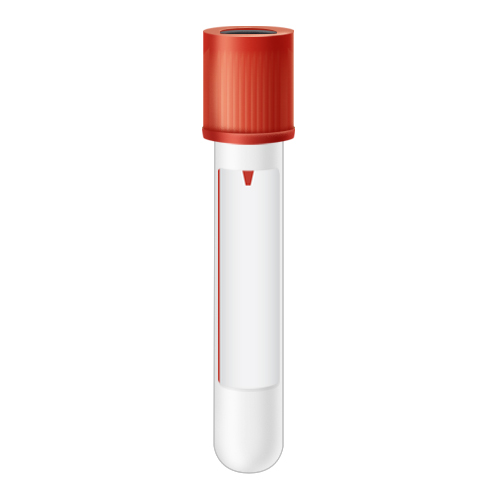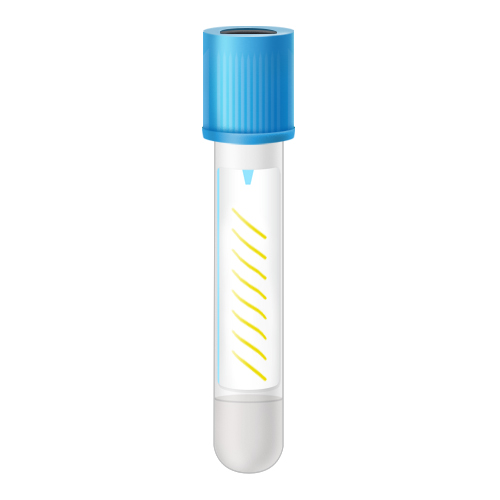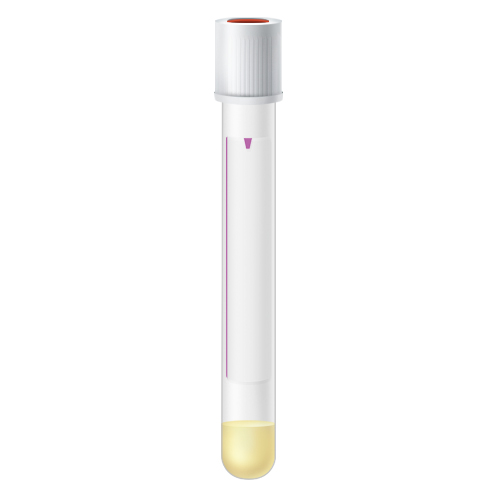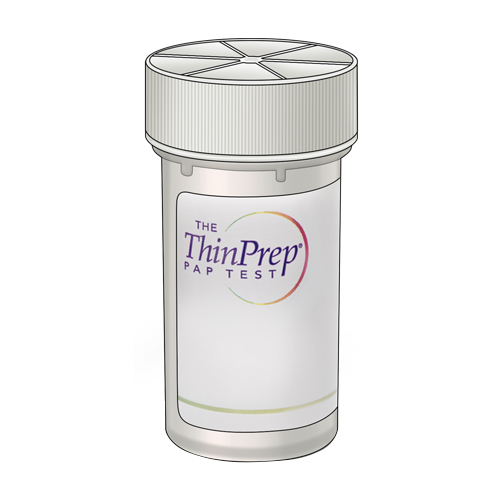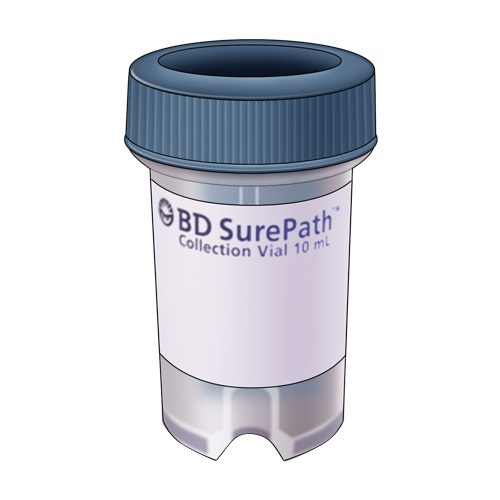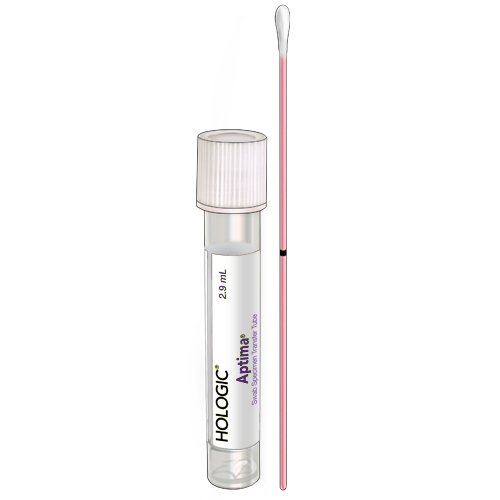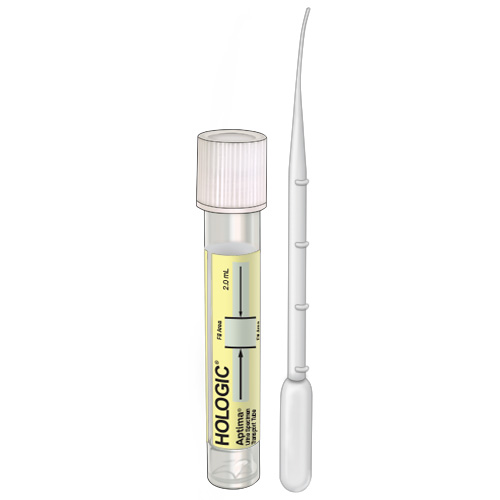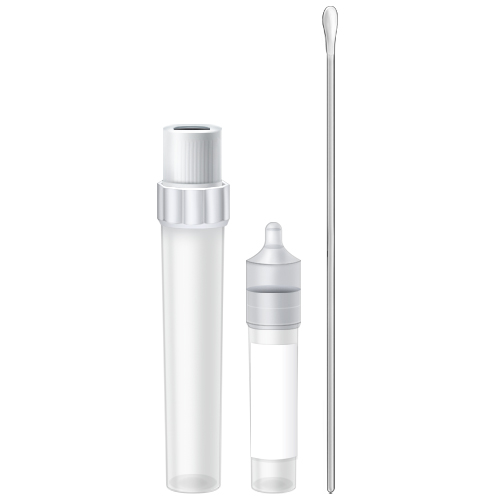Lung and bronchus cancer represents more than one eighth of all new cancer cases in the US and is the leading cause of cancer deaths worldwide, according to the World Health Organization. As we wrap up on National Lung Cancer Awareness Month this November, we aim to empower patients to take more control of their healthcare decisions, by sharing the latest facts and information about the disease.
While it’s true that people who smoke have the greatest risk of developing lung cancer, lung cancer can also occur in patients who have never smoked – an important myth to dispel as organizations around the world work to educate people about lung cancer. Read on for more information about Lung Cancer, its Risks, Signs and Symptoms, and Early Detection.
What is lung cancer?
According to the American Lung Association, lung cancer happens when cells in the lung change or mutate. This could be due to smoking or because of exposure to dangerous chemicals that are breathed in, but lung cancer can also happen in people with no known exposure to toxic substances. The fact is that anyone can get lung cancer. Typically, symptoms do not appear until the cancer cells spread to other parts of the body and prevent other critical bodily organs from functioning properly. Unfortunately, by this point, the cancer becomes much more difficult to treat.
Lung Cancer Risks
According to the Mayo Clinic, there are various factors that put patients at a higher risk for developing lung cancer and can include:
- Smoking: Widely recognized as the leading cause of lung cancer, quitting at any age can significantly lower the risk.
- Secondhand smoke exposure: The risk of lung cancer increases when exposed to secondhand smoke.
- Previous radiation therapy: Radiation therapy to the chest for another type of cancer can lead to an increased risk.
- Exposure to radon gas: Radon is produced by the natural breakdown of uranium in soil, rock and water that eventually becomes part of the air you breathe. Unsafe levels can accumulate in buildings and homes.
- Exposure to asbestos and other carcinogens. Exposure to asbestos and other substances including arsenic, chromium and nickel, can increase lung cancer risk.
- Family history of lung cancer: People with a parent, sibling or child have an increased risk of the disease. Additionally, the National Institute of Cancer reports that lung cancer is more common in men than women, particularly African American men.
Despite lung cancer being as common as it is, many patients may be uncertain about signs and symptoms that should be monitored. Because lung cancer symptoms do not often appear until the cancer has spread and advanced, it can go undetected and undiagnosed for a long time. Most patients, over the age of 55 and have a smoking history, may be eligible for a lung cancer screening. Lung and bronchus cancer is most frequently diagnosed among people aged 65–74. And remember, screening high-risk individuals has the potential to dramatically improve lung cancer survival rates.
Signs and symptoms of Lung Cancer may include:
- A new cough that doesn’t go away
- Coughing up blood, even small amounts
- Shortness of breath
- Chest pain
- Hoarseness
- Unexplained weight loss
- Bone pain
- Headache
If a patient meets the high-risk eligibility criteria for screening, is a current or former smoker and/or is over the age of 50, a low-dose CT scan can offer a detailed picture of the lungs. This special type of X-ray takes various images and then combines images for a comprehensive visualization of the lungs. A study on early detection of lung cancer found that the low-dose cancer screening test can even reduce mortality for those at high risk.
Early Detection of Lung Cancer
Patients diagnosed with lung cancer in the early stages, when the tumor is small and has not spread, have a better chance of living longer. Usually symptoms of lung cancer do not appear until the disease is already at the advanced stage.
Some lung cancers are found early by accident when patients undergo treatment and testing for other medical conditions, e.g., heart disease, pneumonia, or other lung conditions. Current and former smokers are at a higher risk for developing the disease as they get older. A test known as low-dose CAT scan or CT scan (LDCT) has been studied in people at a higher risk for lung cancer. LDCT scans can help find abnormal areas in the lungs that may be cancerous, before symptoms start.
What Testing is Available for Lung Cancer?
OnkoSight® Advanced analyzes 18 genes that are important in lung cancer diagnoses. By focusing in on these genes, BioRefeference and GenPath can provide the information needed to help healthcare providers determine the most appropriate therapeutic choice.
While we close out National Lung Cancer Awareness Month, take the opportunity to assess your own health and speak to your healthcare provider about your risk level and if a screening might be appropriate for you.

